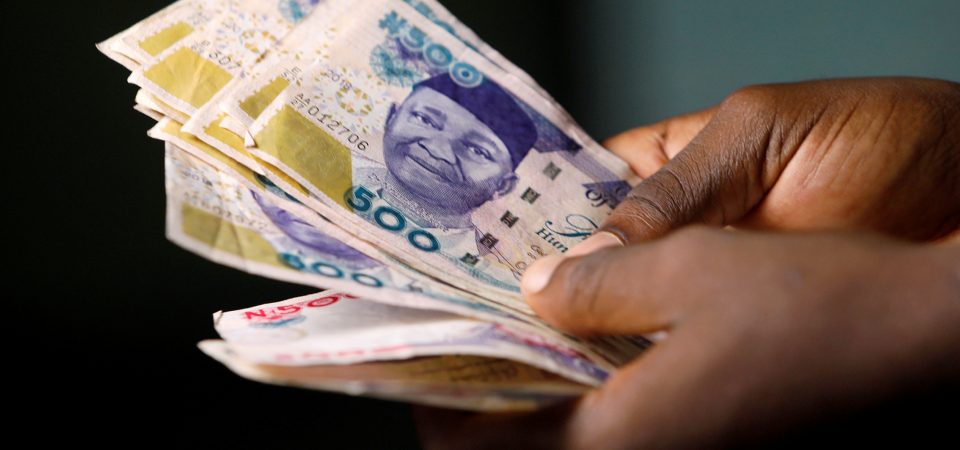The Central Bank of Nigeria (CBN) last Wednesday announced that it would redesign the country’s N200, N500 and N1,000.
The CBN Governor, Godwin Emefiele, said the change would be done to reduce the amount of money in circulation and control inflation.
Kano APC senatorial candidate standing trial for fraud nowhere to be found – EFCC
Insecurity: Prove US, UK, others wrong, Nasarawa Gov charges NSCDC
The apex bank also said that the redesigned notes would start circulating from December 15, 2022 while the old notes would continue to be used until January 31, 2023.
Daily Trust looks at 10 changes made to the country’s currency since it gained independence in 1960.
1962: The currency form of Nigeria was changed, showing its status as an independent country, unlike before when it was under the British rule. The inscription ‘Federation of Nigeria’ was replaced with ‘Federal Republic of Nigeria’ on the notes.
1973: The name of the Nigerian currency was changed from pound to naira. A naira at the time was equal to 10 shillings while 100 kobo became one naira.
1977: A new ₦20 banknote was introduced. At that time, it was the big banknote in the country introduced by the CBN because of the development of the country’s economy. It gave people the freedom to hold a lot of money in few notes instead of holding a lot of banknotes. For the first time, the image of a prominent citizen was put on the banknote.
1979: Three new banknotes were introduced, one naira, five naira and ten naira (₦1, ₦5, ₦10). In order for people to be able to recognize and differentiate them, they were made of different colours. Then on the back of each of them, there was a picture that showed the culture of the country.
1984: All the colours of the banknotes were changed except for the 50 kobo note which according to the authorities was to control the withdrawal of the money to foreign countries.
1999: To expand the country’s economy and facilitate trade, banknotes ₦100, ₦200, ₦500 and ₦1000 notes were introduced in December 1999, November 2000, April 2001 and October 2005 respectively.
2007: As part of the economic reforms, a polymer N20 banknote was introduced for the first time. The features of N50, N10, N5 as well as N1 and 50 kobo coins were also changed while N2 coin was introduced.
2009: As a result of the benefits that the government said it saw in changing the N20 note to polymer, it changed the N50, N10 and N5 notes to polymer.
2010: The CBN introduced a new N50 naira note to celebrate Nigeria’s 50th anniversary.
2014: The apex bank redesigned N100 note to celebrate the 100th anniversary of Nigeria’s amalgamation between northern and southern entities in 1914.

 Join Daily Trust WhatsApp Community For Quick Access To News and Happenings Around You.
Join Daily Trust WhatsApp Community For Quick Access To News and Happenings Around You.